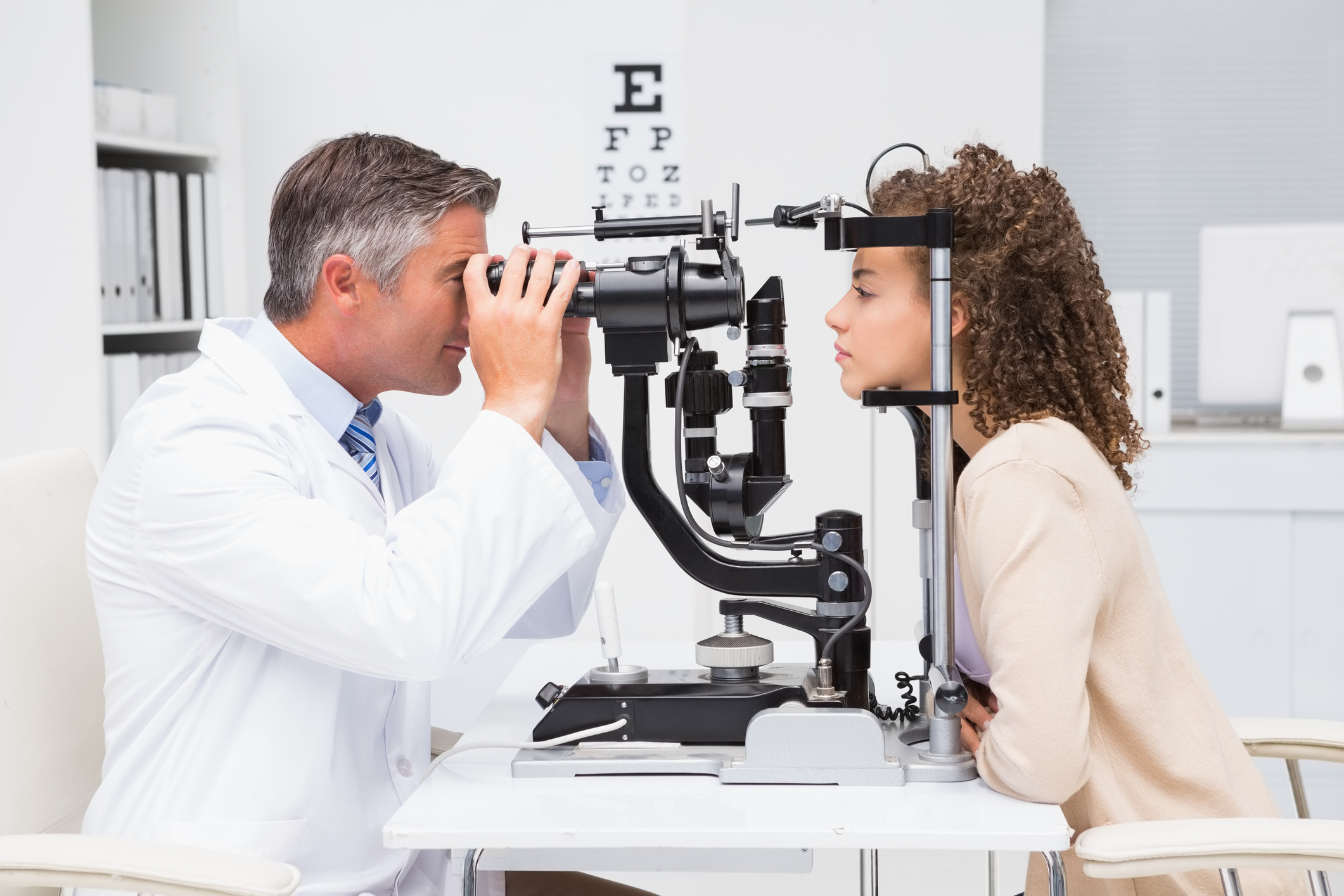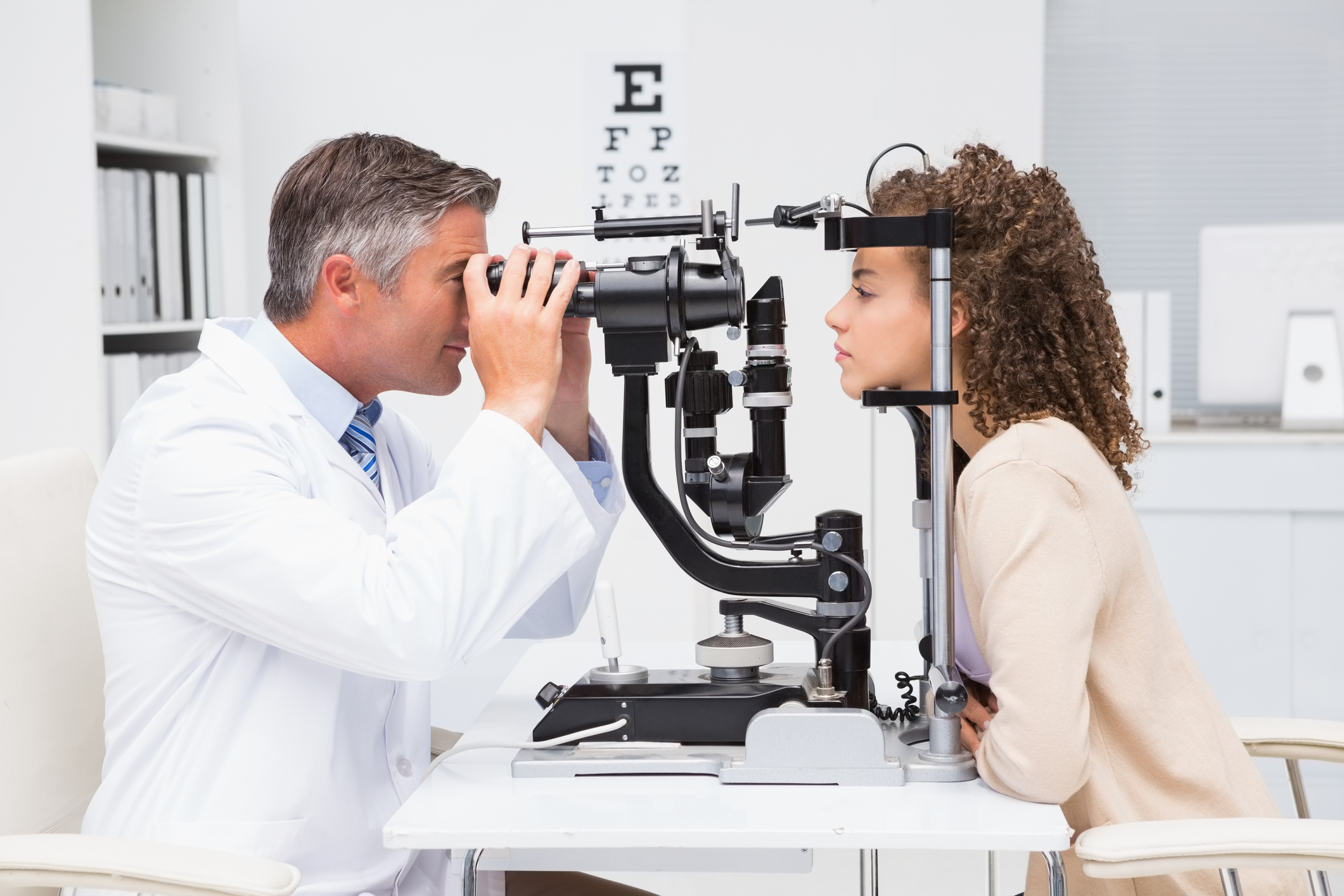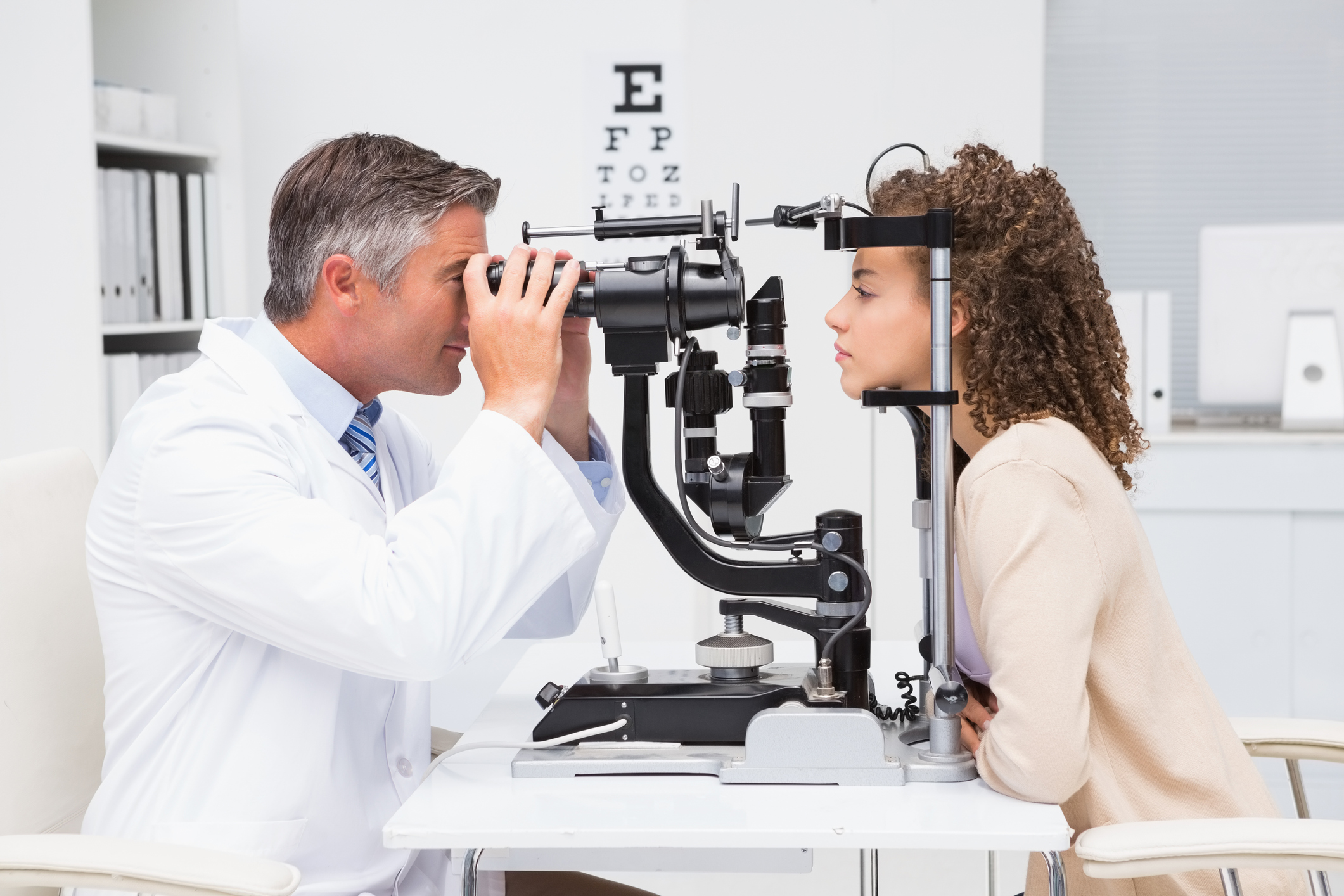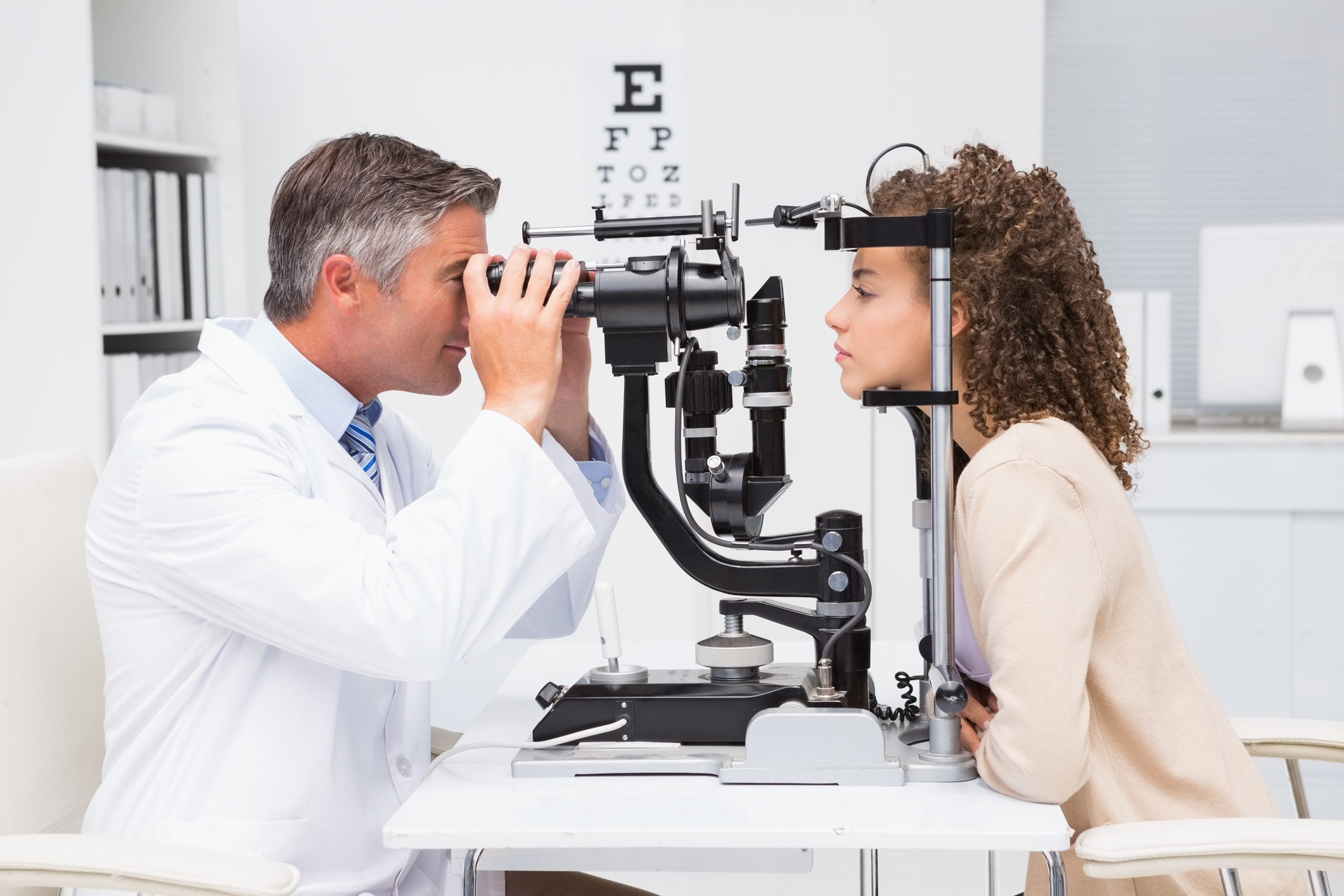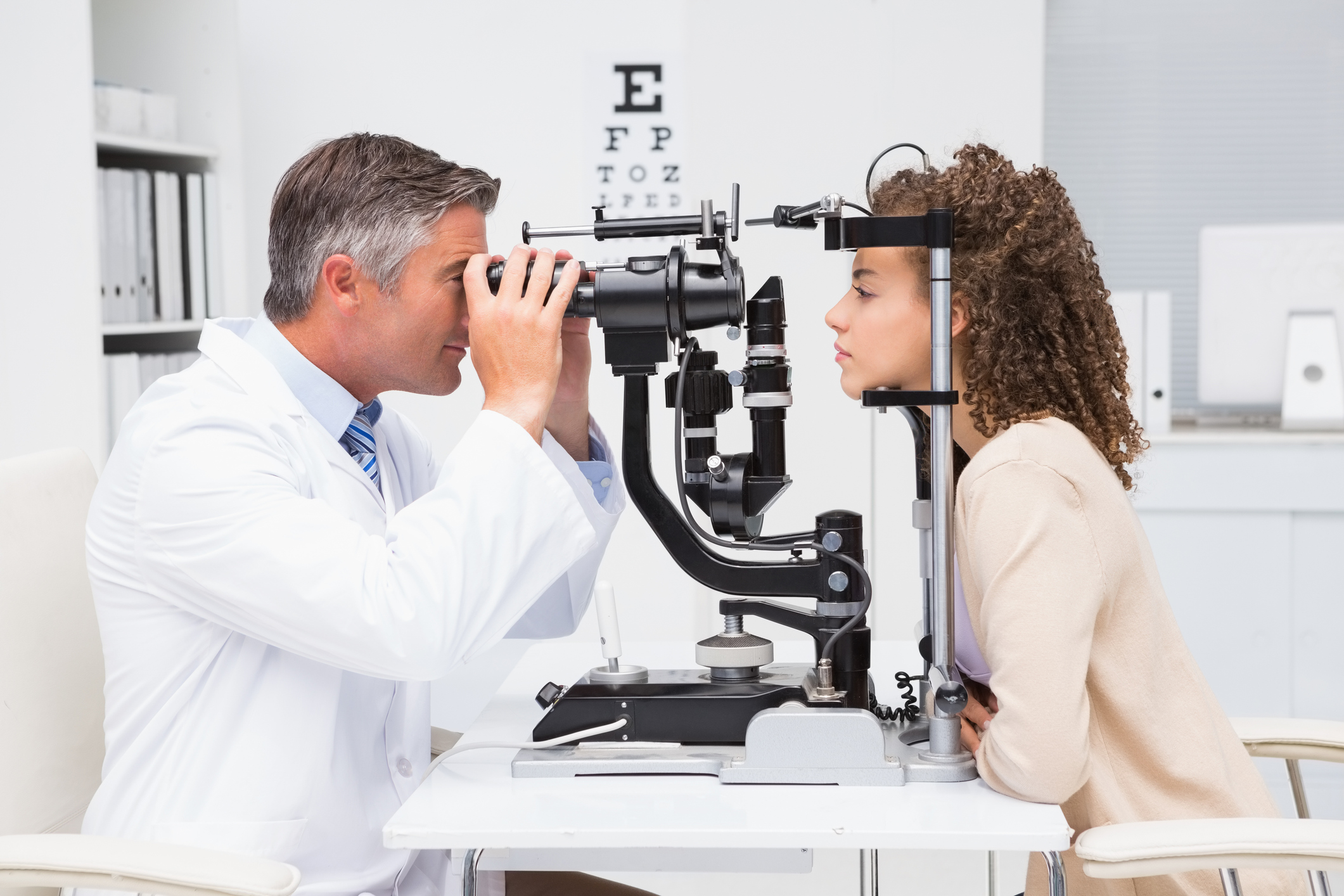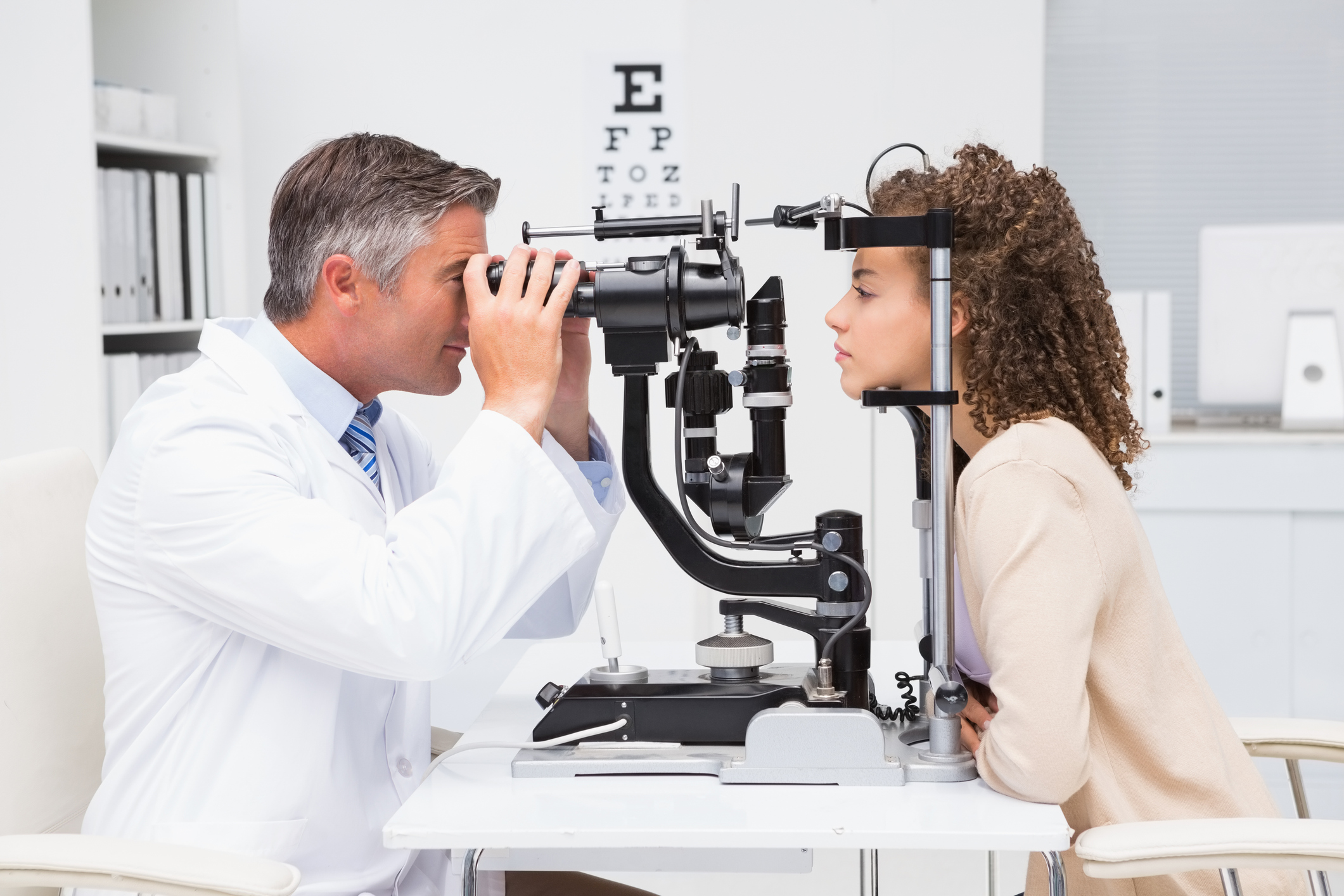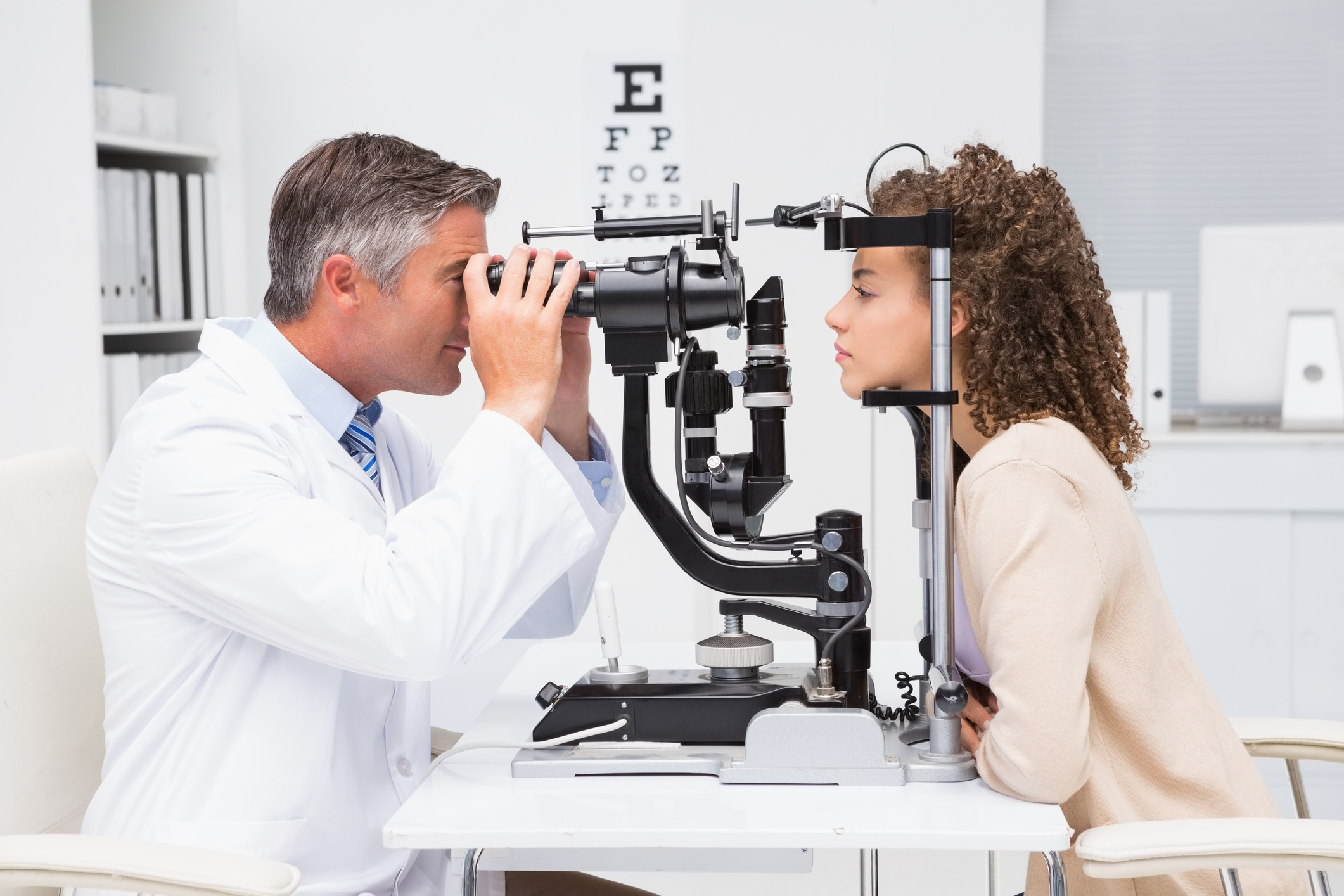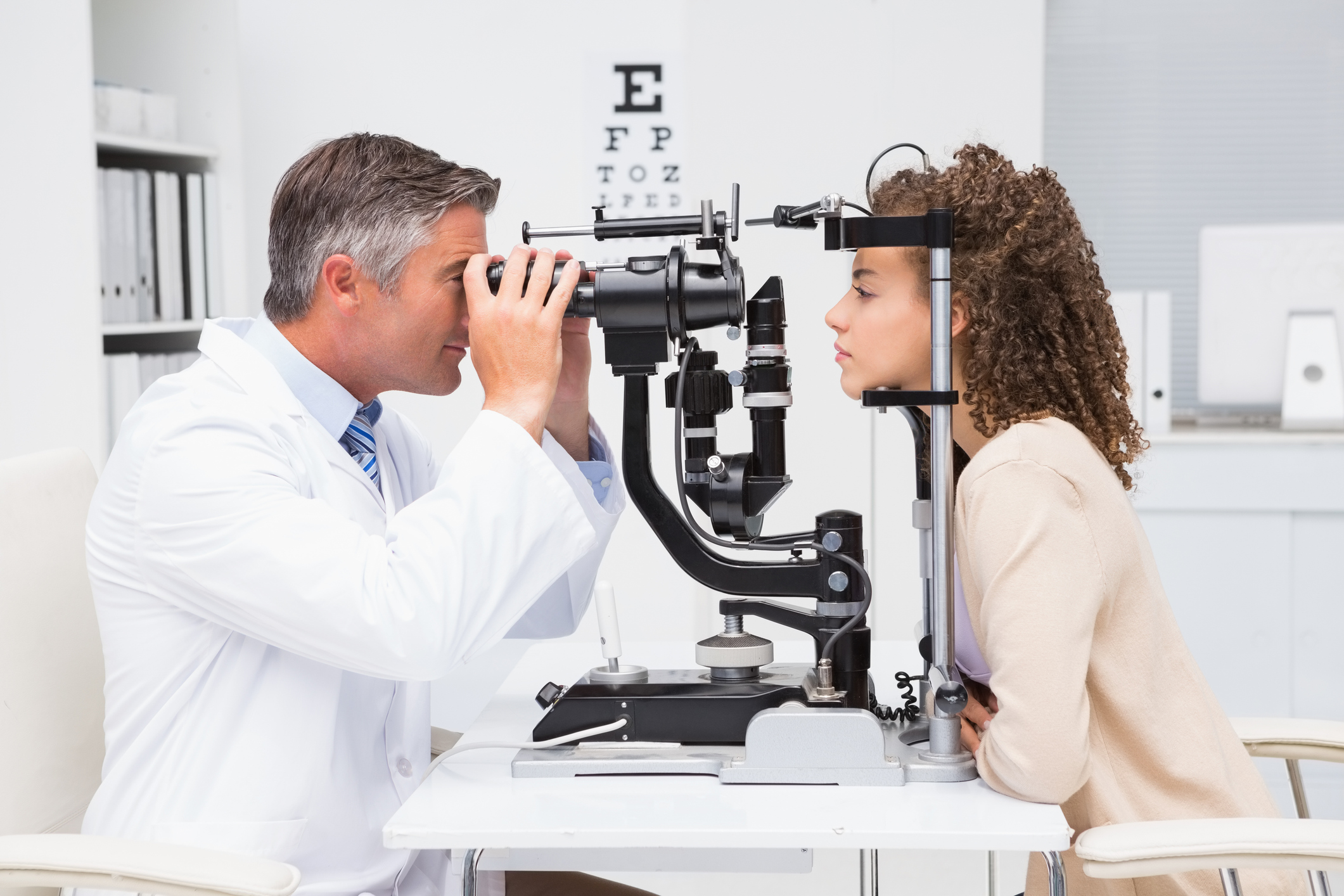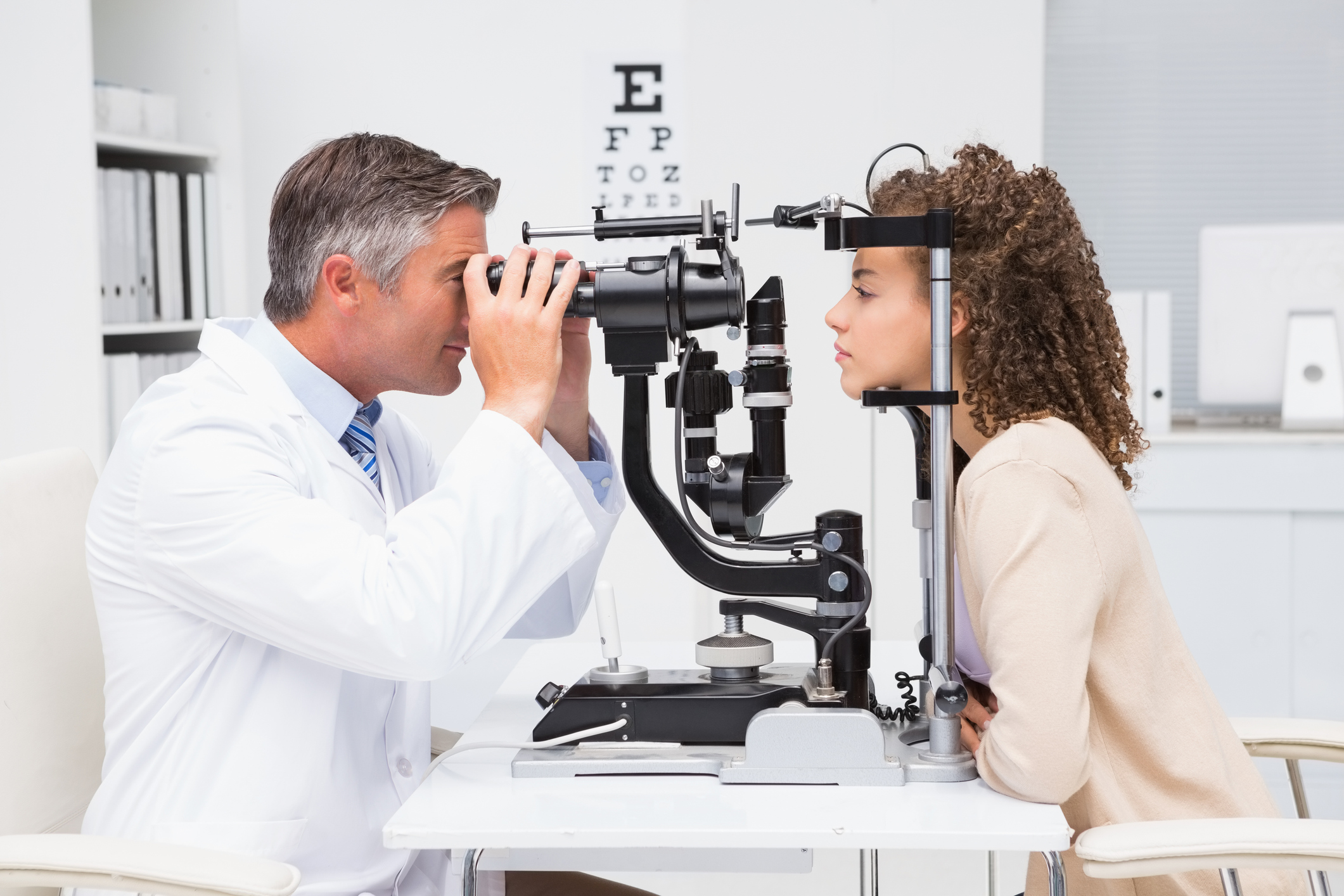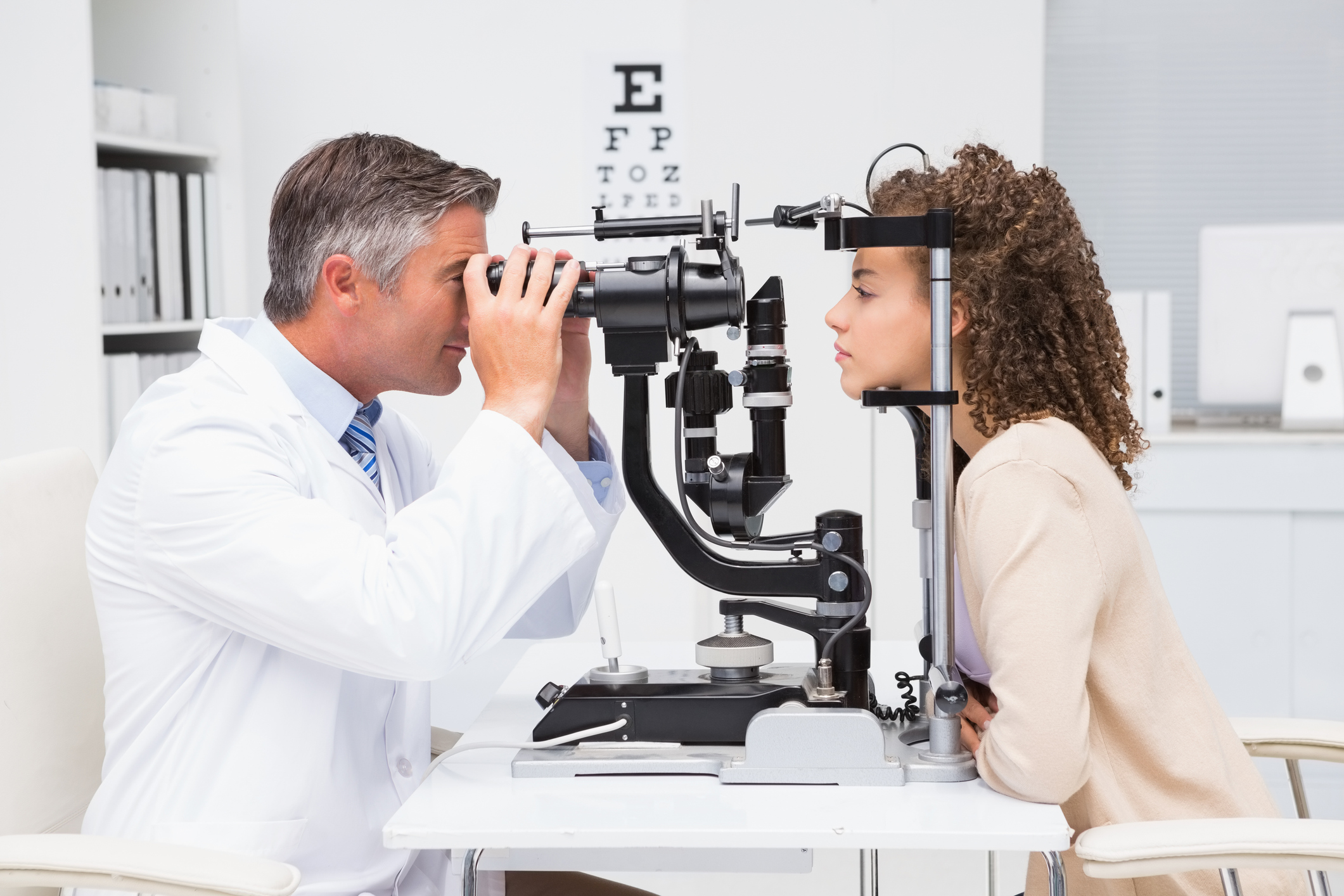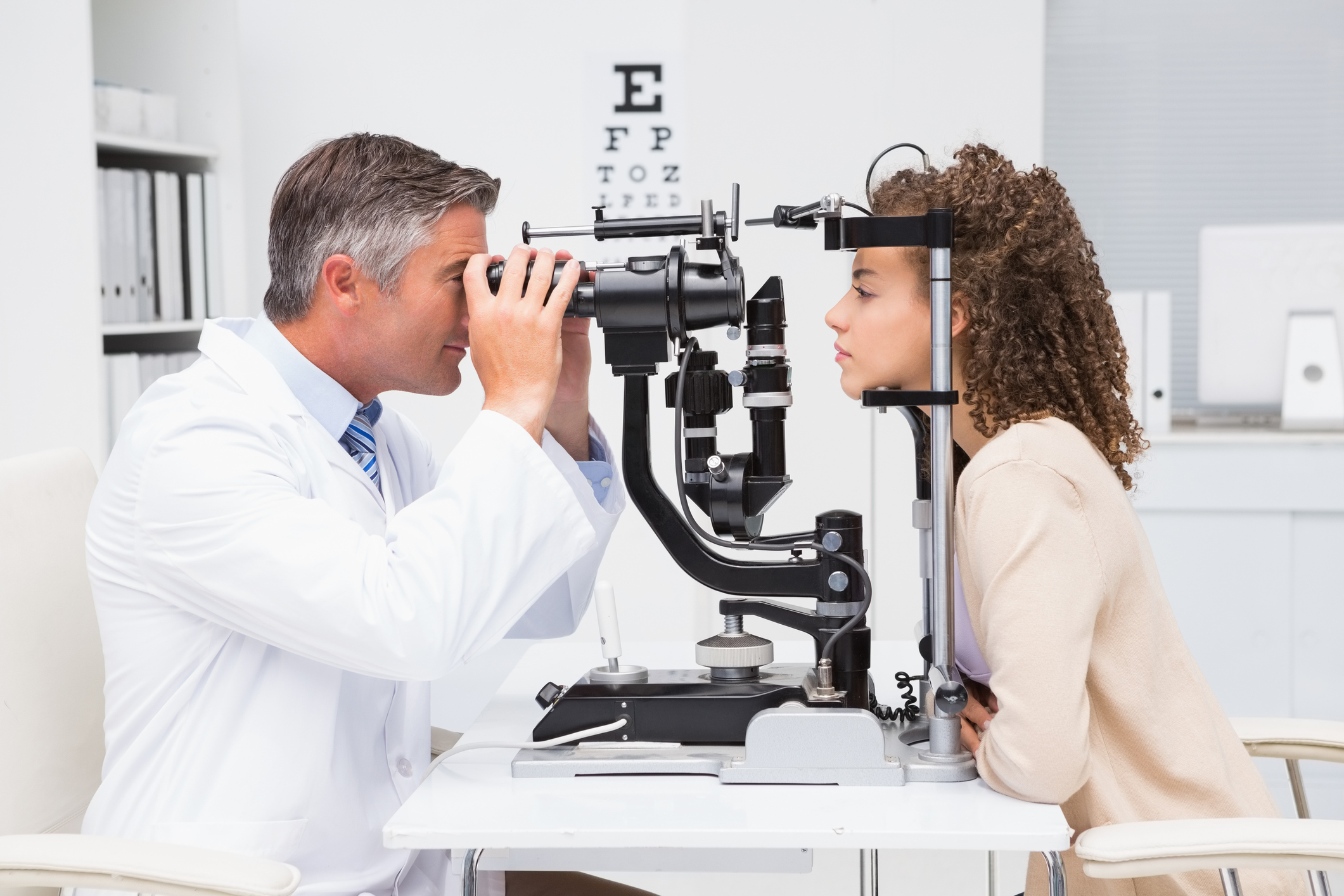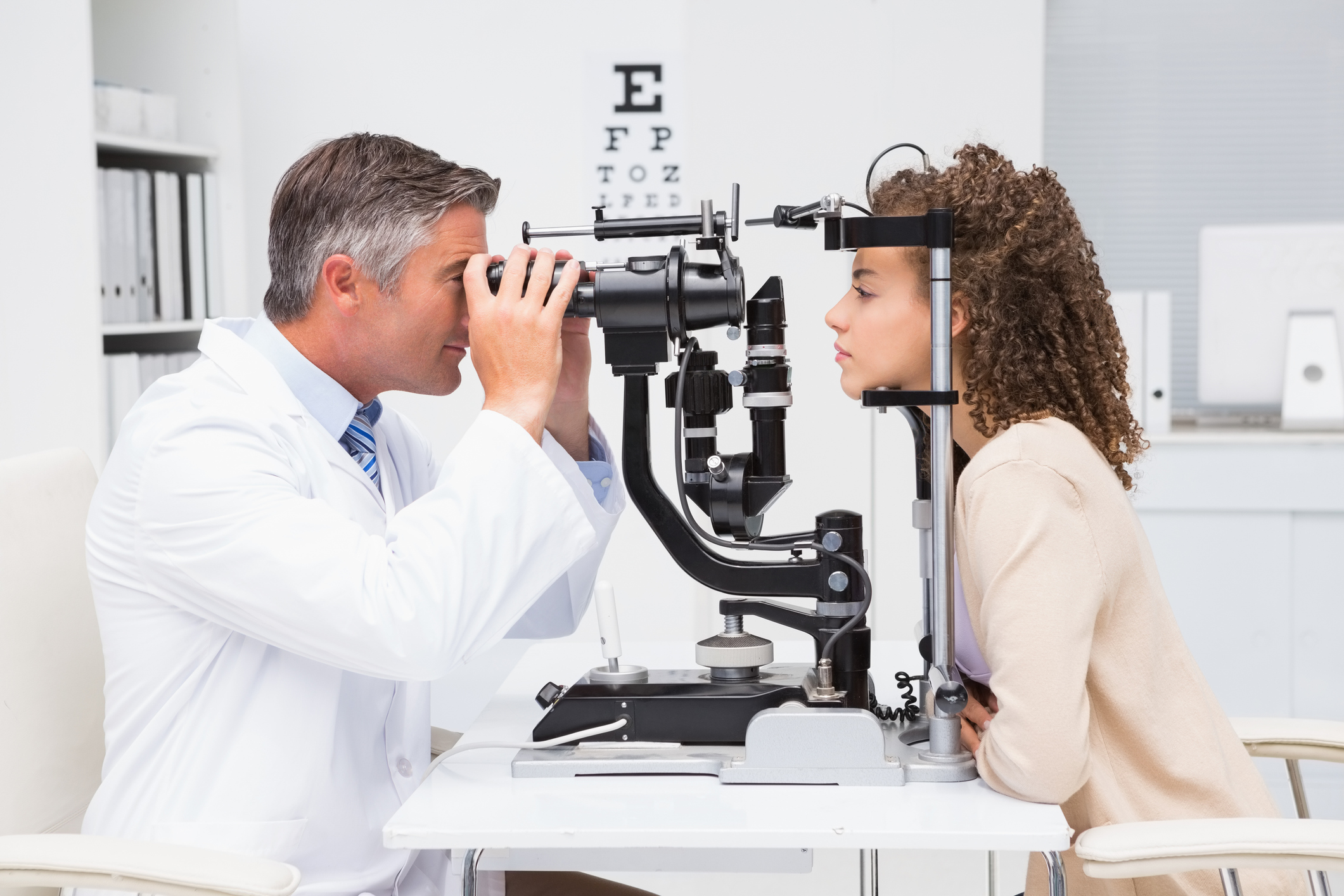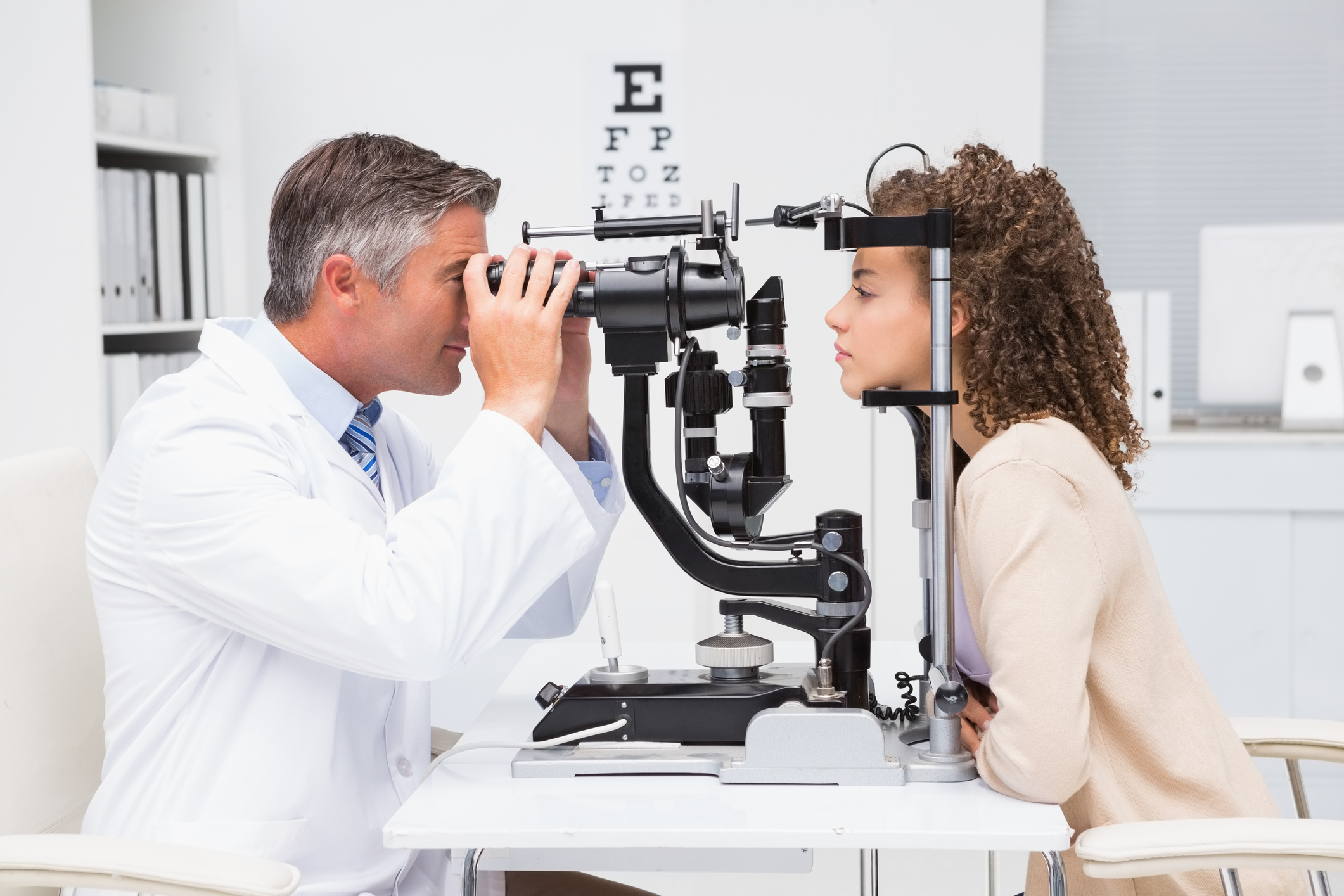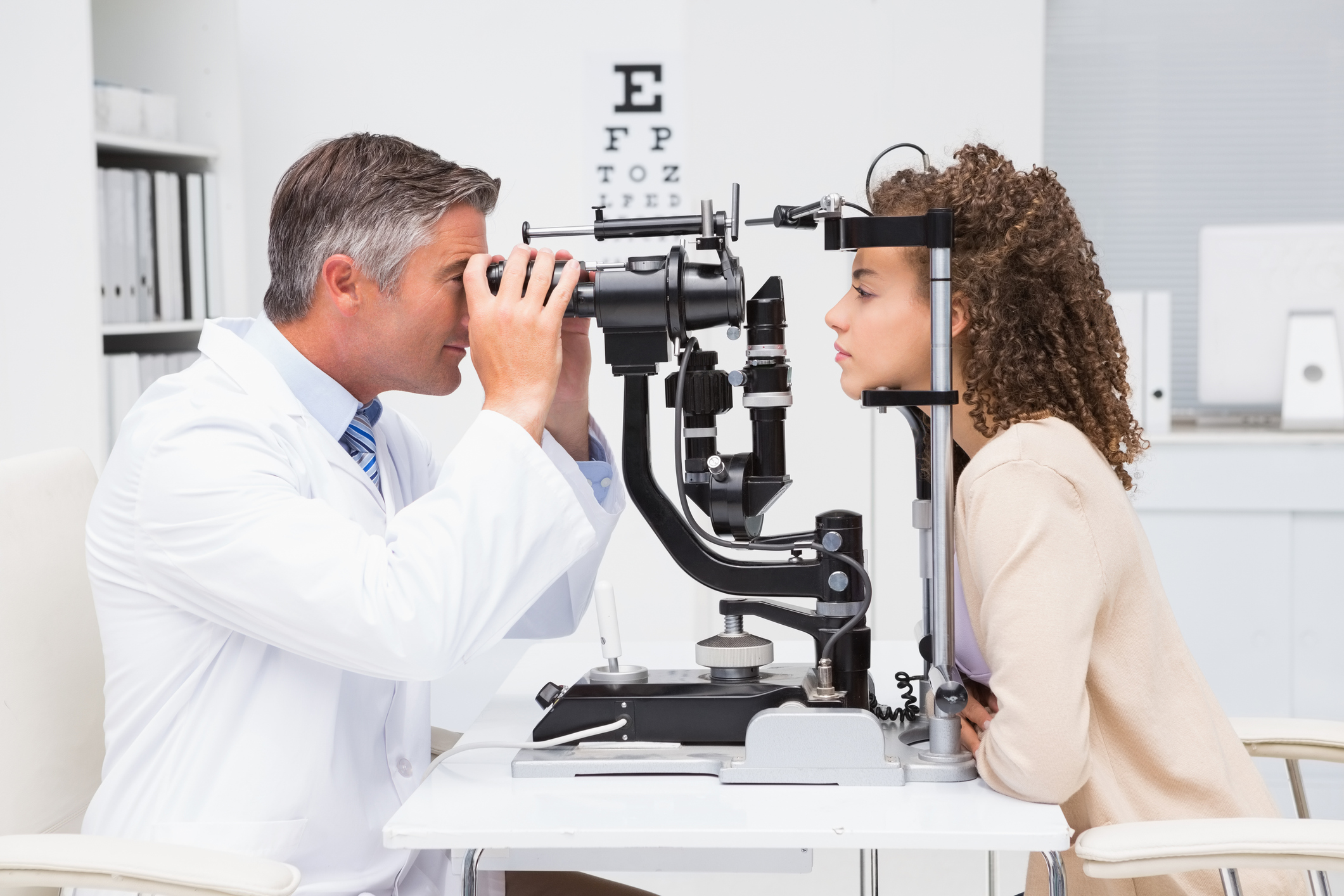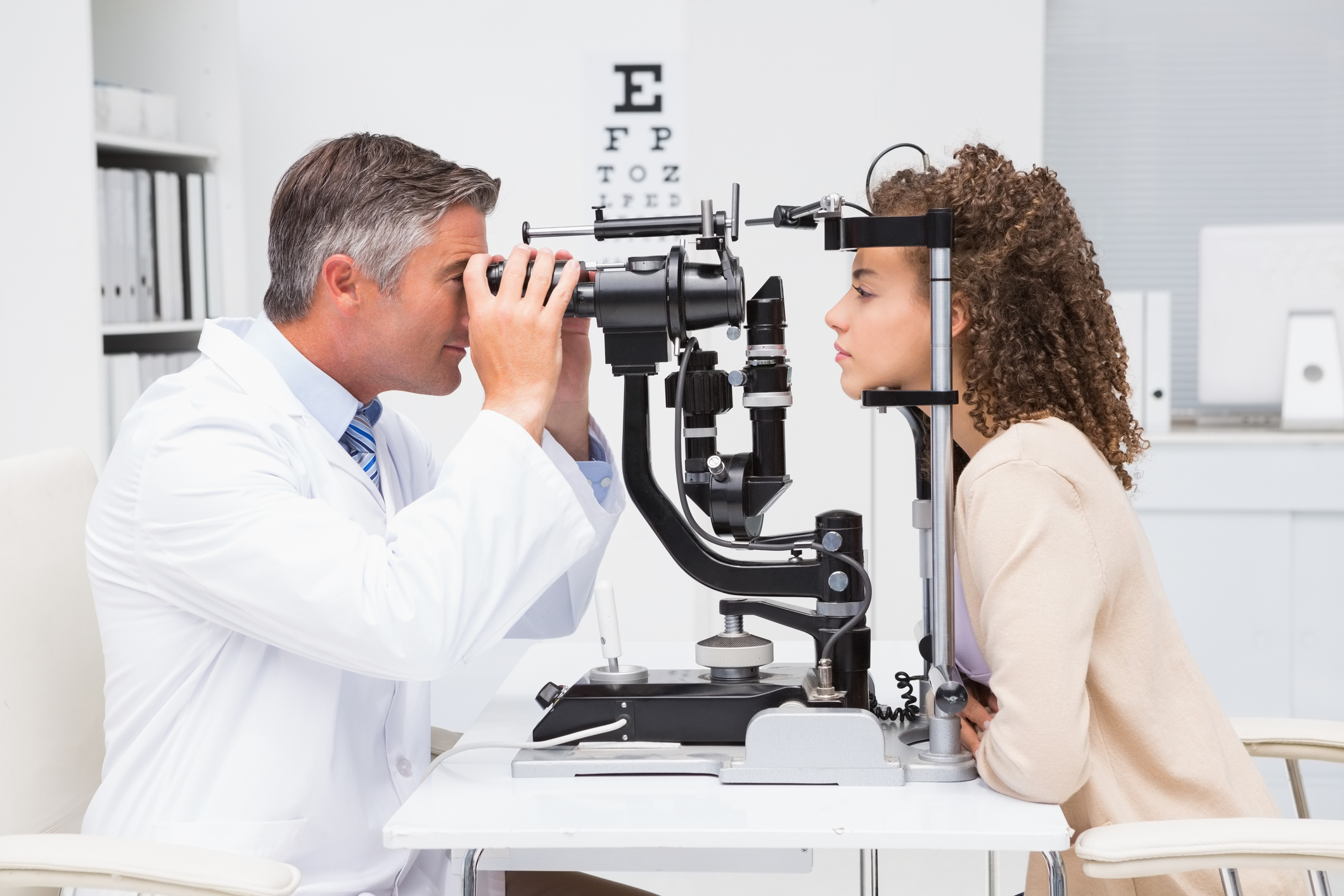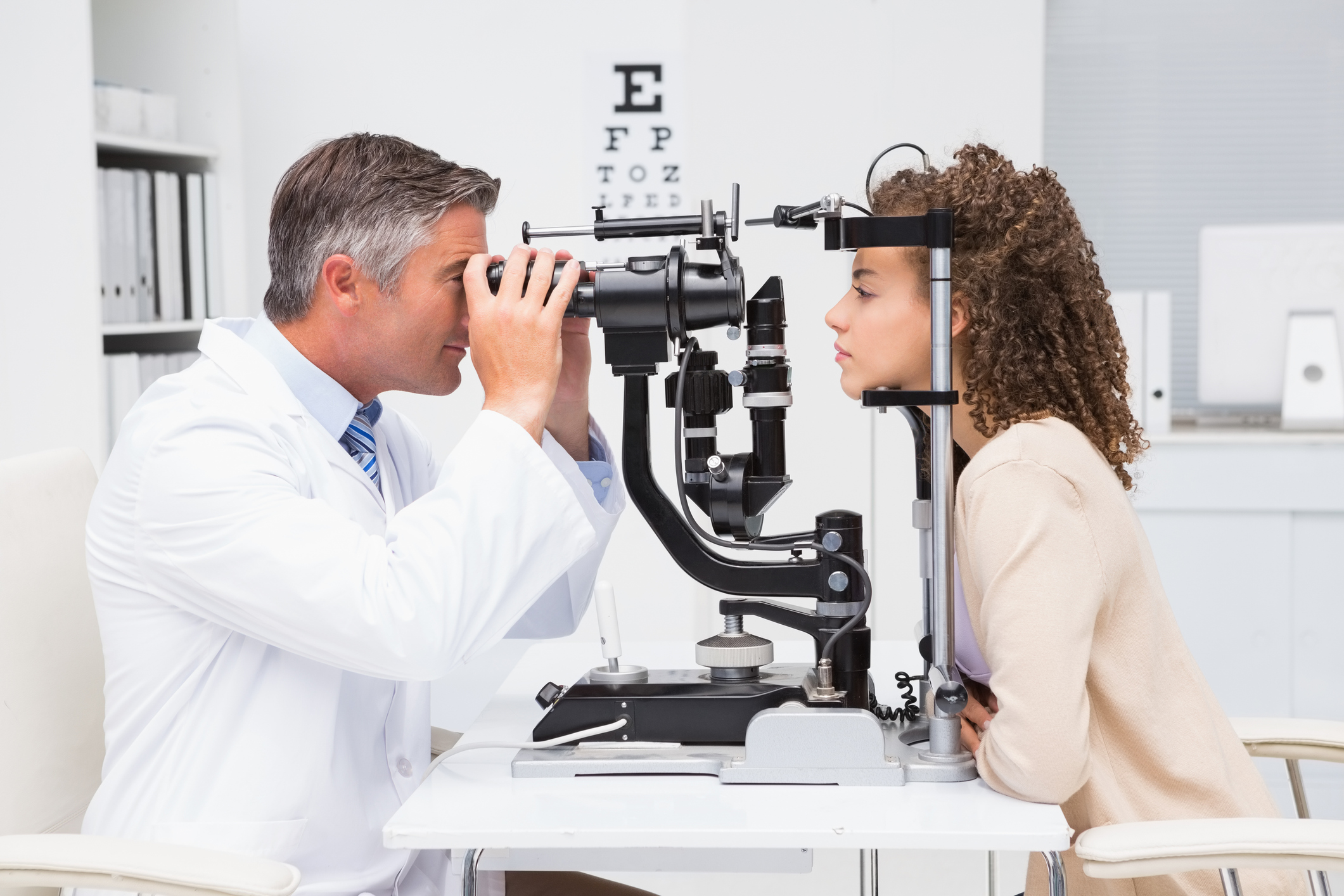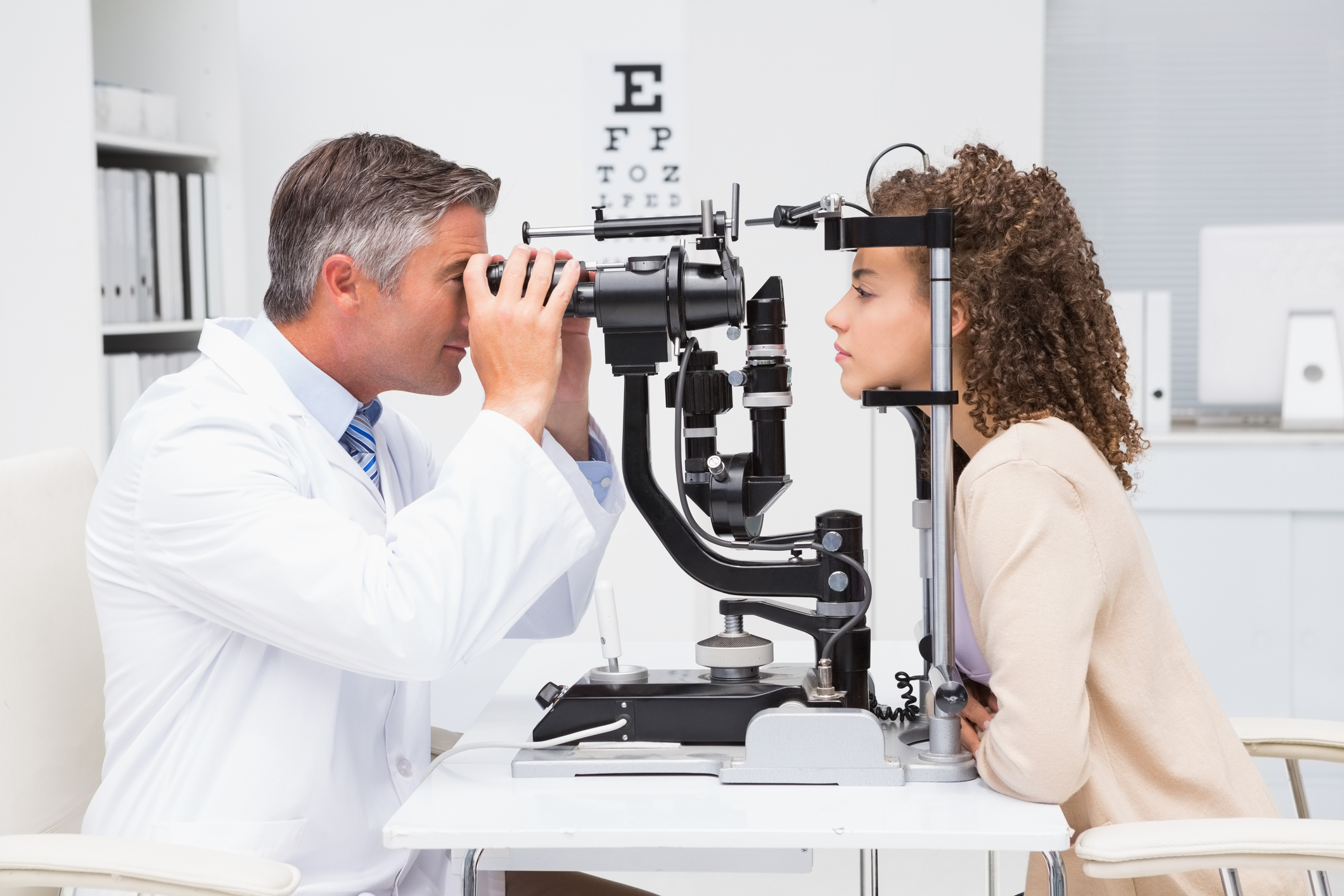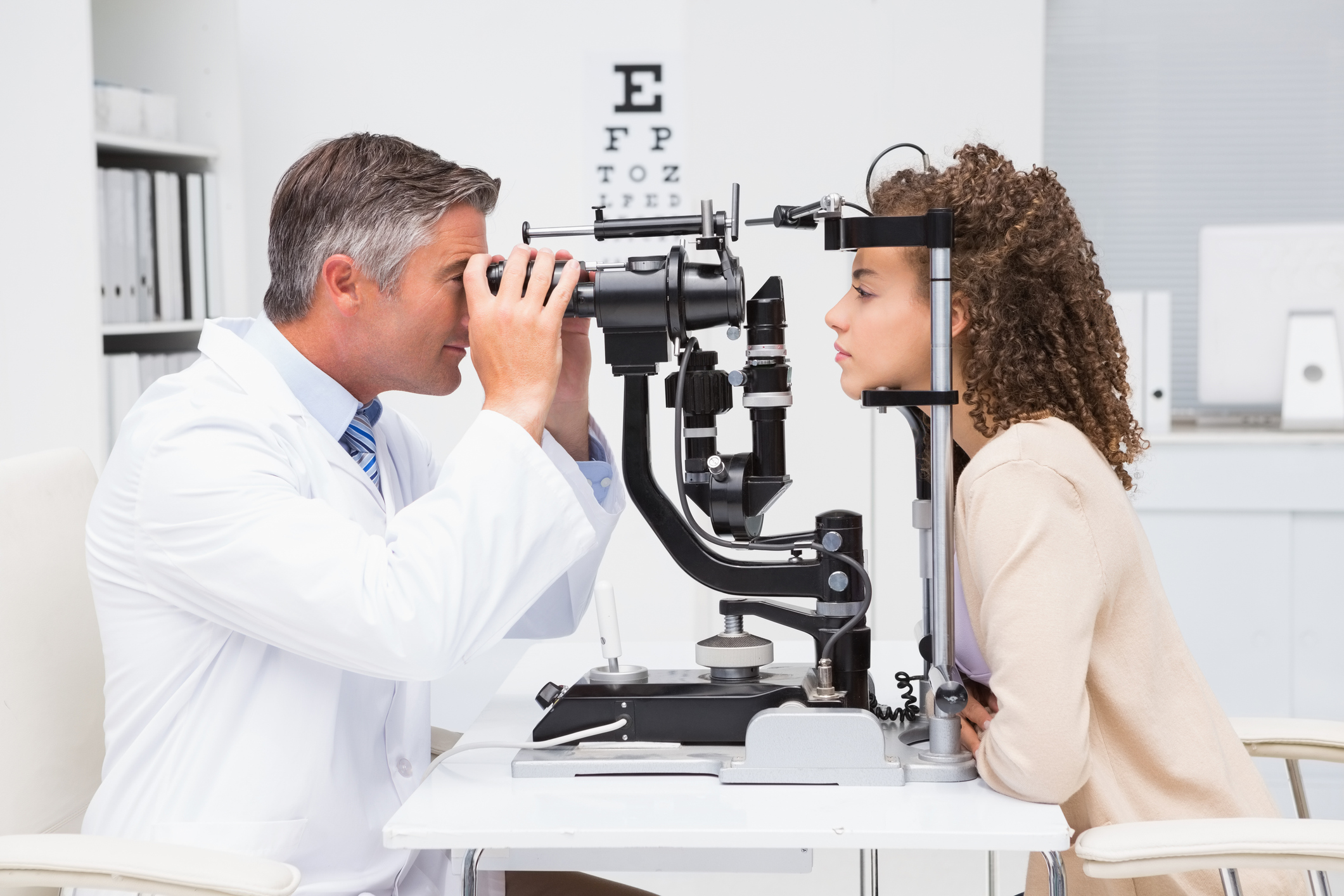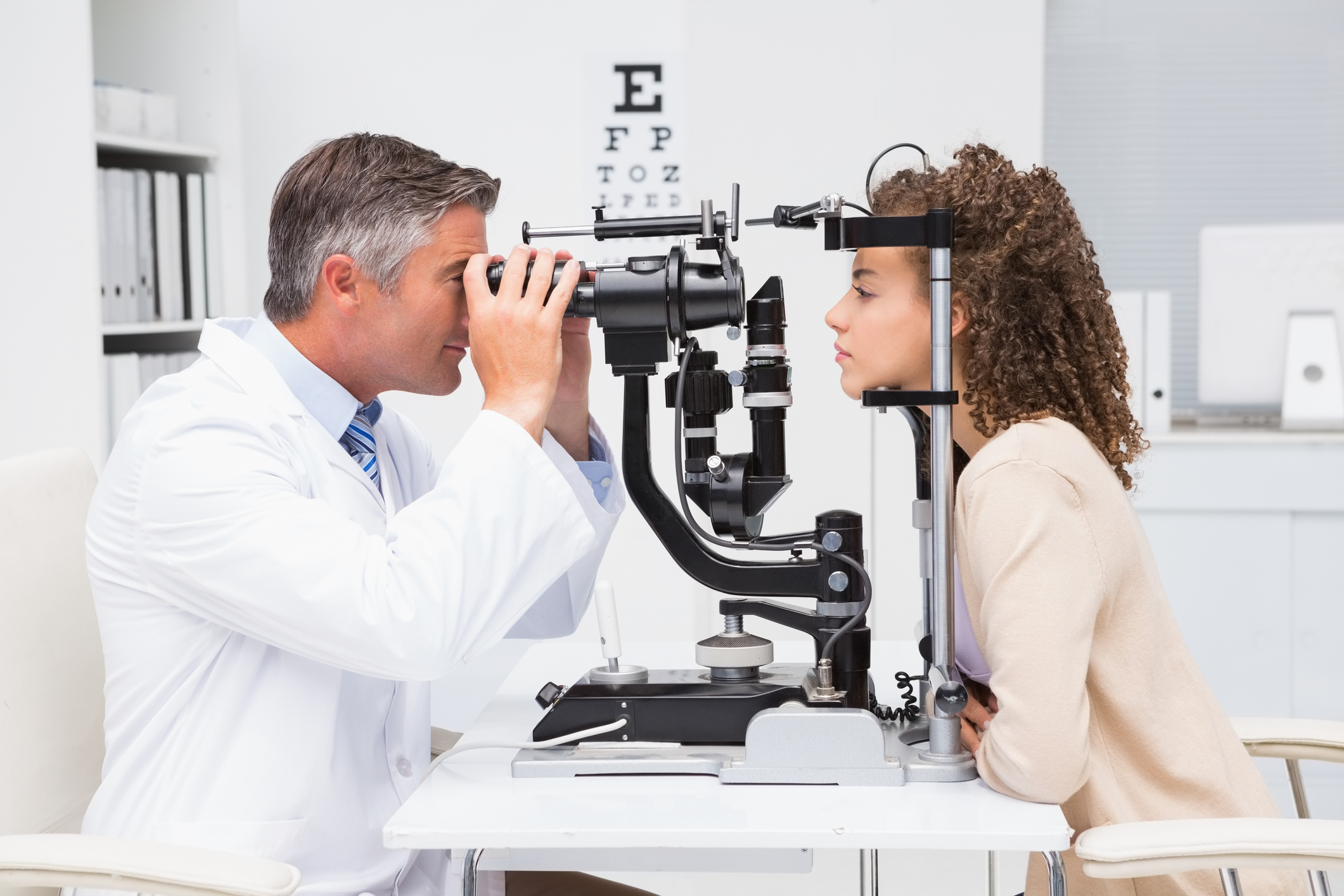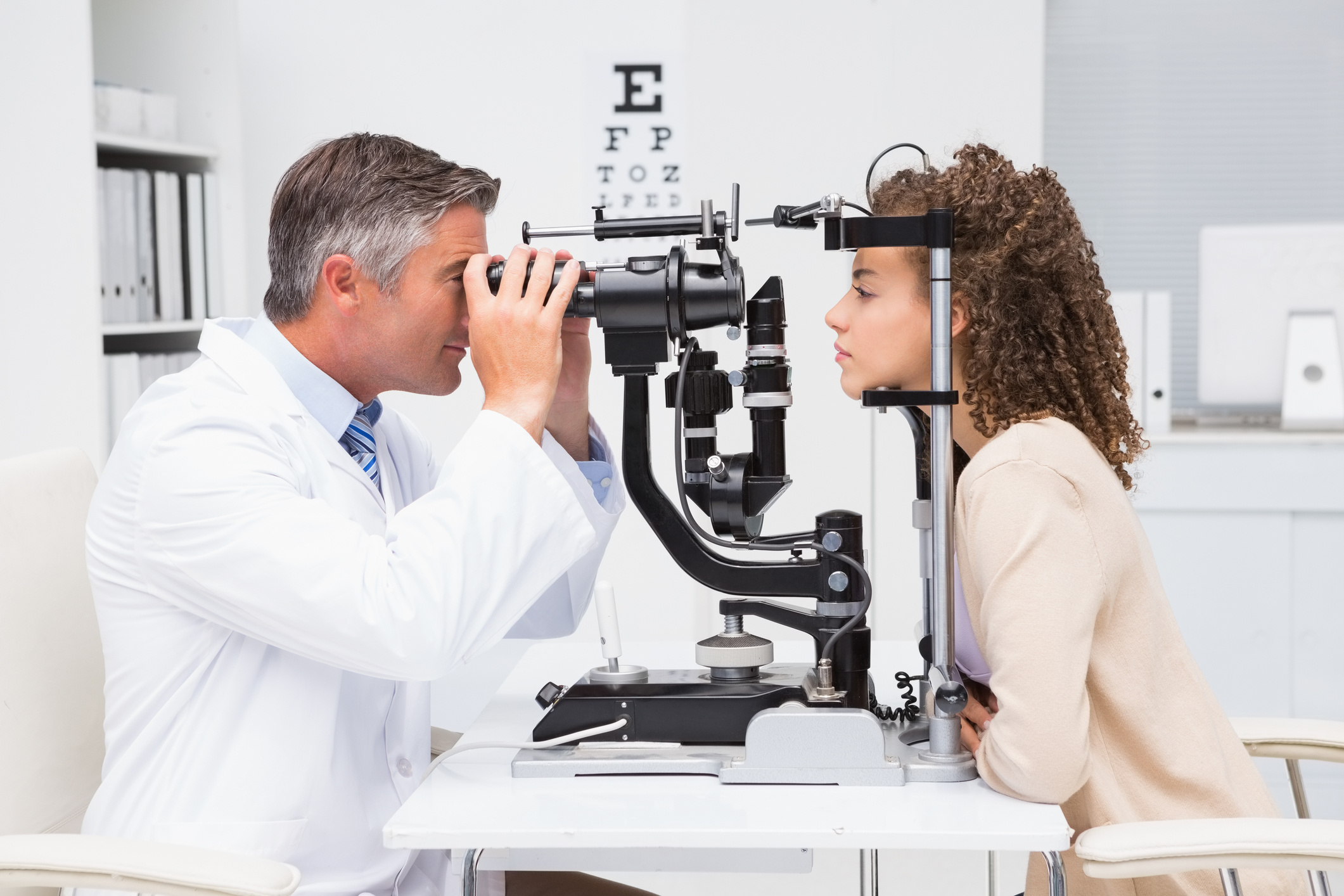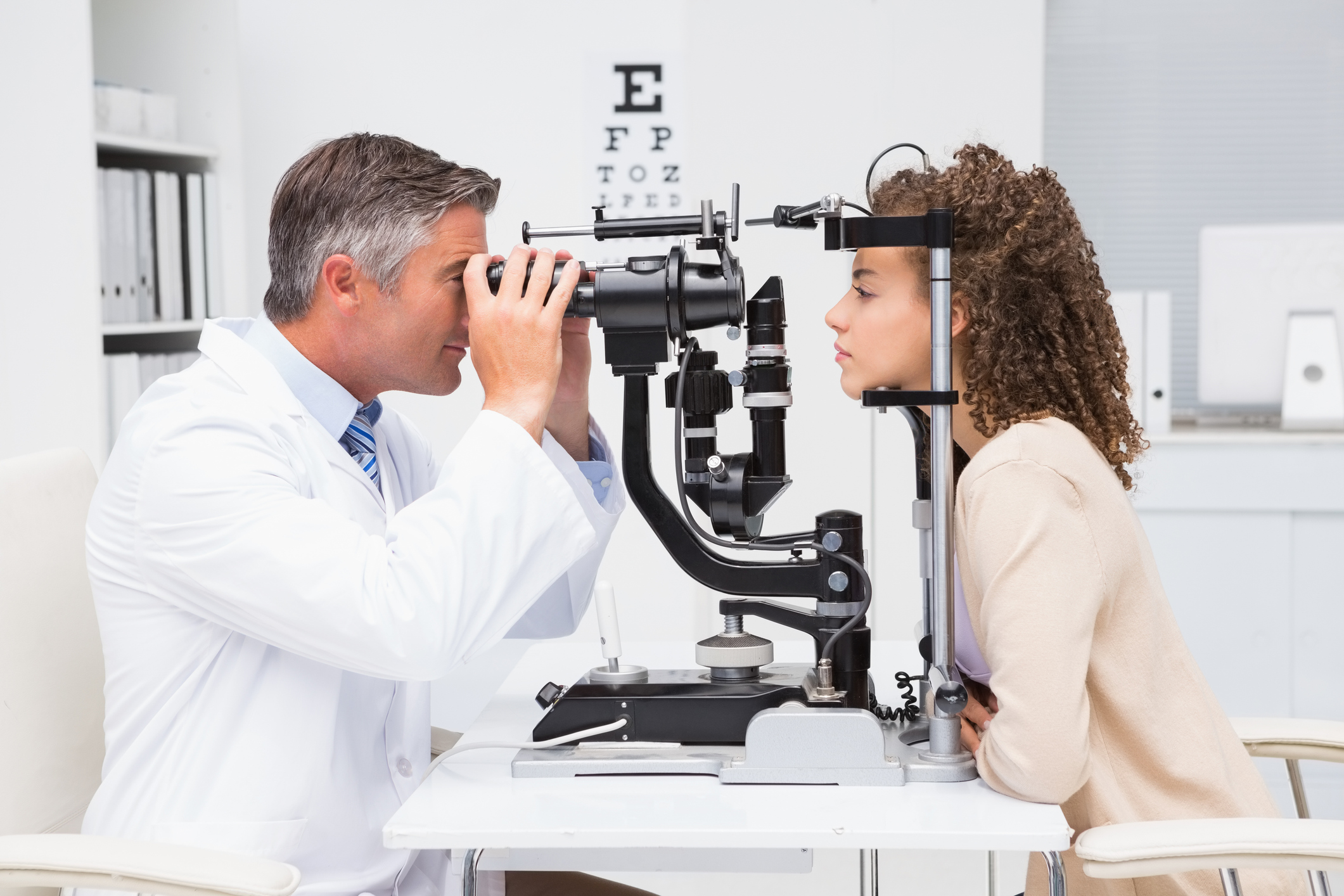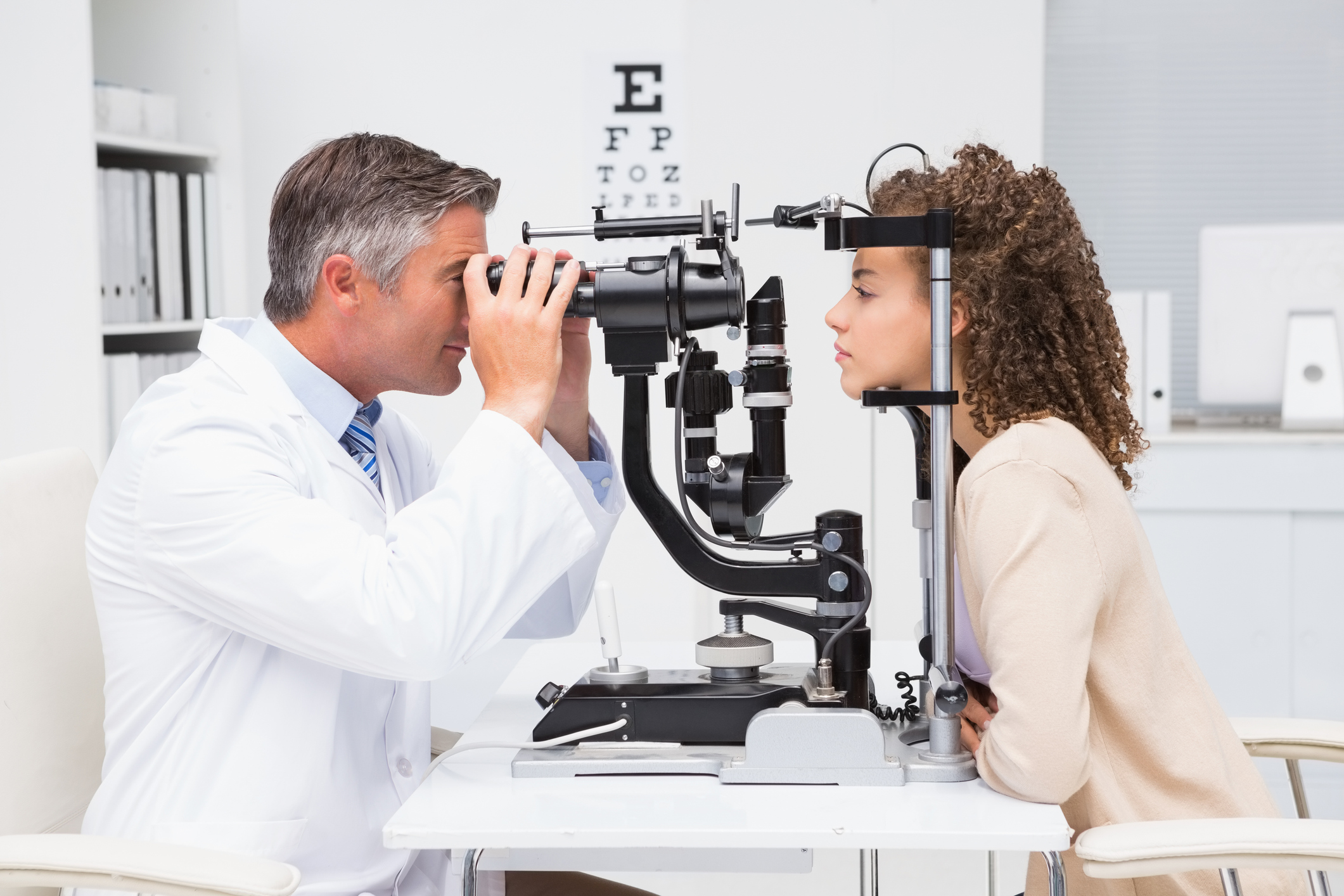Running a high street optician practice involves numerous risks that could potentially threaten your business operations and f…
Optician Equipment Insurance: Protecting Your Eye Care Practice Investment
Running an optician practice requires significant investment in specialized equipment, from basic examination tools to advanced diagnostic machinery. A single piece of damaged or stolen equipment can cost thousands of pounds to replace and potentially shut down your practice for days or weeks. Optician equipment insurance provides essential financial protection for these valuable assets, ensuring your eye care business can continue operating even when the unexpected happens.
What is Optician Equipment Insurance?
Optician equipment insurance is a specialized form of commercial insurance designed to protect the tools, machinery, and technology essential to running an optometry practice. This coverage goes beyond standard business insurance by addressing the unique risks and high-value equipment specific to eye care professionals.
The insurance typically covers optical equipment, diagnostic instruments, computer systems, furniture, and even stock such as frames and contact lenses. Coverage can extend to equipment breakdown, theft, fire damage, water damage, and accidental damage during normal business operations.
Essential Equipment Covered
Modern optician practices rely on sophisticated equipment that represents substantial financial investment. Key items typically covered include:
Autorefractors and phoropters form the backbone of most eye examinations, with costs ranging from £3,000 to £15,000 per unit. Slit lamps, essential for detailed eye examination, can cost between £2,000 and £8,000. OCT scanners, increasingly common in practices, represent investments of £20,000 to £80,000.
Visual field analyzers, retinal cameras, and tonometers each cost several thousand pounds. Edging machines for lens cutting, frame displays, and computer systems add to the total equipment value. Even seemingly minor items like trial lens sets, ophthalmoscopes, and retinoscopes represent significant cumulative investment.
Many practices also stock valuable inventory including designer frames, specialized lenses, and contact lens supplies that require protection against theft or damage.
Common Risks and Claims
Optician practices face various risks that can result in equipment damage or loss. Understanding these risks helps highlight the importance of comprehensive coverage.
Theft remains a significant concern, particularly for portable equipment and valuable frame stock. Burglars often target optician practices knowing they contain high-value, easily transportable items. Even with security systems, determined thieves can cause substantial losses.
Water damage from burst pipes, roof leaks, or flooding can destroy sensitive electronic equipment within minutes. Many optical instruments contain delicate components that cannot withstand moisture exposure. Fire damage, whether from electrical faults or external sources, can completely destroy equipment and require total practice refurbishment.
Equipment breakdown due to mechanical or electrical failure is surprisingly common. Sophisticated diagnostic equipment operates under demanding conditions and components can fail unexpectedly. Power surges, software corruption, and normal wear and tear all contribute to breakdown risks.
Accidental damage during normal operations also occurs regularly. Equipment can be knocked over, dropped, or damaged during cleaning or maintenance. Staff training reduces but cannot eliminate these risks entirely.
Factors Affecting Premiums
Several factors influence optician equipment insurance premiums. Equipment value represents the primary consideration, with higher-value practices paying correspondingly higher premiums. However, the relationship is not always linear, as bulk coverage often provides economies of scale.
Security measures significantly impact premium calculations. Practices with comprehensive alarm systems, CCTV, secure storage, and robust physical security typically qualify for substantial discounts. Insurance providers recognize that good security reduces claim likelihood and severity.
Location affects risk assessment, with practices in high-crime areas or flood-prone locations facing higher premiums. Urban practices may face higher theft risks, while rural practices might have longer emergency response times.
Practice age and claims history influence pricing. Newer practices without claims history may face higher initial premiums, while established practices with clean records often qualify for experience discounts.
Staff training and maintenance procedures also factor into risk assessment. Practices demonstrating proper equipment care and staff competency may qualify for reduced premiums.
Choosing the Right Coverage
Selecting appropriate optician equipment insurance requires careful assessment of practice needs and risk exposure. Start by conducting a comprehensive equipment inventory, including purchase dates, current values, and replacement costs.
Consider practice growth plans when determining coverage limits. Expanding practices should ensure their insurance can accommodate new equipment acquisitions without requiring constant policy amendments.
Evaluate different excess levels to balance premium costs with potential out-of-pocket expenses. Higher excesses reduce premiums but increase financial exposure during claims.
Review coverage exclusions carefully, particularly regarding equipment age, maintenance requirements, and usage limitations. Some policies exclude equipment over certain ages or require specific maintenance schedules.
Consider bundling equipment insurance with other practice insurances for potential discounts and simplified administration. Many insurers offer comprehensive practice packages that can provide cost savings and coverage consistency.
Claims Process and Best Practices
Understanding the claims process helps ensure smooth resolution when problems occur. Most insurers require immediate notification of potential claims, often within 24-48 hours of discovery.
Maintain detailed equipment records including serial numbers, purchase receipts, and maintenance histories. This documentation proves ownership and value during claims processes.
Take regular photographs of equipment and practice premises to provide visual evidence of conditions before any damage occurs. Update these records when acquiring new equipment or making significant changes.
Implement proper security and maintenance procedures not only to prevent losses but also to demonstrate due diligence to insurers. Many policies require specific security measures and maintenance schedules.
Work with insurers to understand their preferred suppliers and repair networks. Using approved suppliers can expedite claims processing and ensure quality repairs or replacements.
Cost Considerations and Budgeting
Optician equipment insurance typically costs between 0.5% and 2% of total equipment value annually, depending on various risk factors. For a practice with £100,000 of equipment, annual premiums might range from £500 to £2,000.
Consider insurance costs when budgeting for new equipment purchases. High-value items may significantly impact premium calculations, making it worthwhile to discuss potential acquisitions with insurers beforehand.
Many practices find that comprehensive coverage provides better value than minimum policies. While basic coverage costs less initially, inadequate limits or exclusions can result in substantial out-of-pocket expenses during claims.
Regular policy reviews ensure coverage remains appropriate as practices evolve. Annual reviews allow adjustments for new equipment, changed circumstances, or improved security measures that might reduce premiums.
Integration with Practice Management
Effective equipment insurance integrates seamlessly with overall practice management strategies. Include insurance considerations in equipment purchasing decisions, maintenance scheduling, and staff training programs.
Develop clear procedures for reporting equipment problems, whether they represent potential insurance claims or routine maintenance issues. Quick identification and reporting can minimize damage severity and associated costs.
Train staff on proper equipment handling, security procedures, and emergency response protocols. Well-trained staff reduce accident risks and ensure appropriate responses when problems occur.
Consider insurance implications when planning practice modifications or relocations. Changes in security, location, or equipment configuration may affect coverage requirements or premium calculations.
Future Considerations
The optometry industry continues evolving with new technologies and service delivery models. Ensure your equipment insurance can adapt to these changes without leaving coverage gaps.
Telemedicine and remote diagnostic equipment are becoming more common, potentially requiring specialized coverage for equipment used outside traditional practice premises. Discuss these developments with insurers to ensure appropriate protection.
Cyber security becomes increasingly important as equipment becomes more connected and data-dependent. Consider whether your equipment insurance includes cyber-related coverage or whether separate cyber insurance is necessary.
Environmental considerations may influence future insurance requirements, particularly regarding equipment disposal, energy efficiency, and sustainability measures.
Conclusion
Optician equipment insurance represents essential protection for eye care practices, safeguarding significant financial investments and ensuring business continuity. The specialized nature of optical equipment and the critical role it plays in patient care make comprehensive coverage particularly important.
Successful practices view equipment insurance not as an unnecessary expense but as a fundamental business protection strategy. The cost of comprehensive coverage is minimal compared to the potential financial impact of uninsured equipment losses.
Regular review and updating of coverage ensures protection remains appropriate as practices grow and evolve. Working with experienced insurance professionals who understand the optical industry helps ensure coverage meets specific practice needs while providing value for money.
By investing in appropriate optician equipment insurance, eye care professionals can focus on providing excellent patient care, confident that their essential tools and technology are protected against the unexpected events that could otherwise threaten their practice's future.


 0330 127 2333
0330 127 2333
